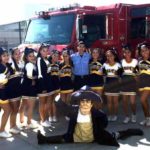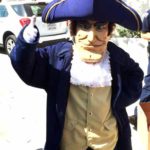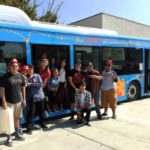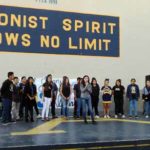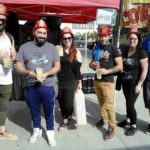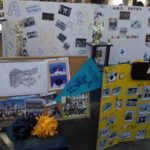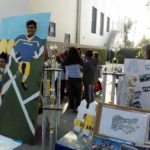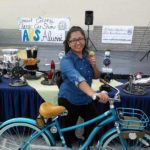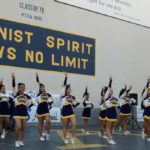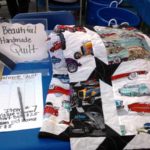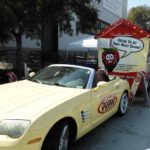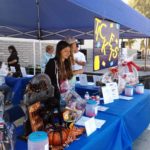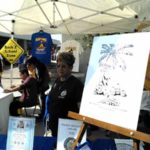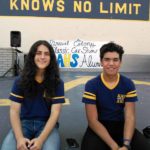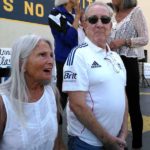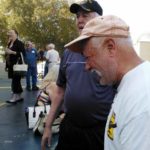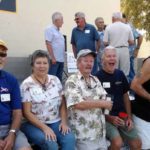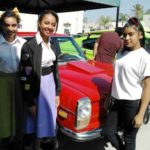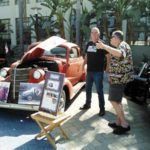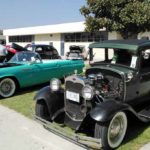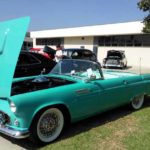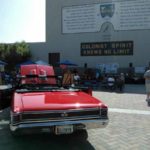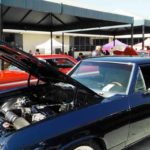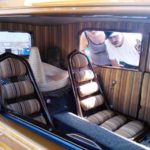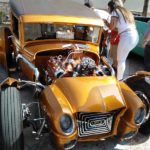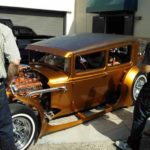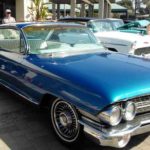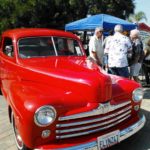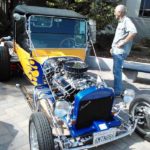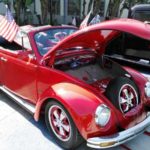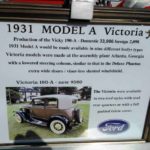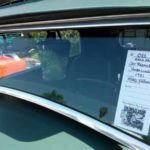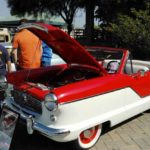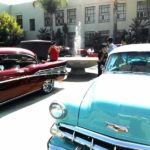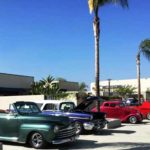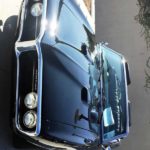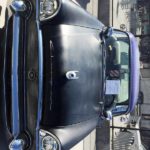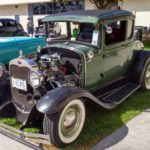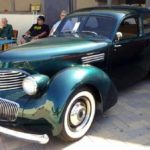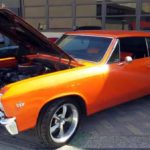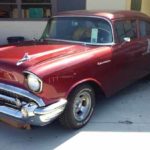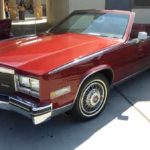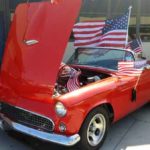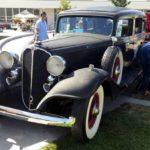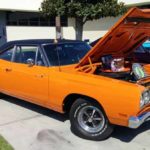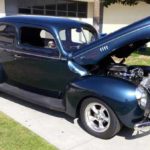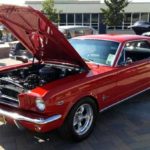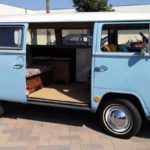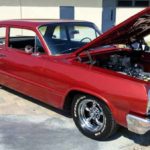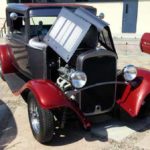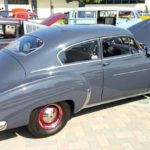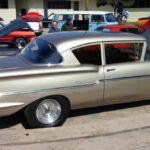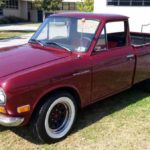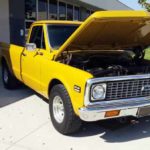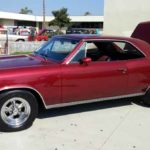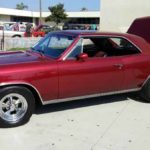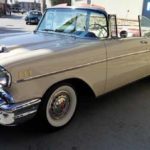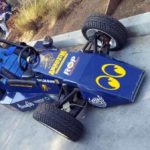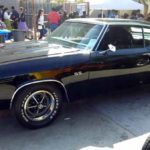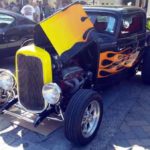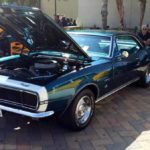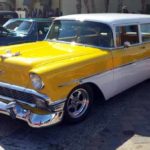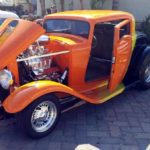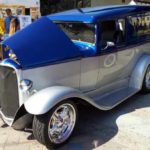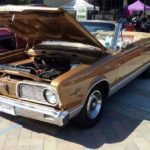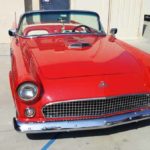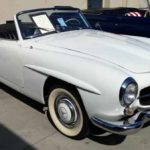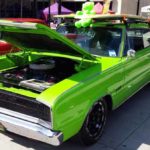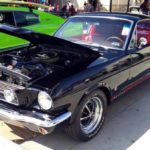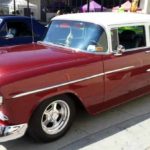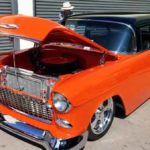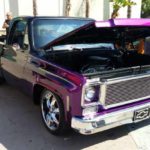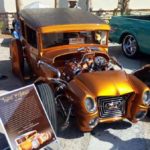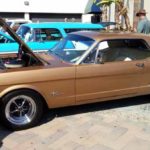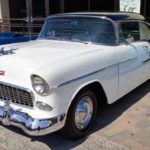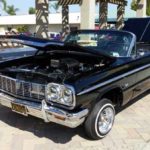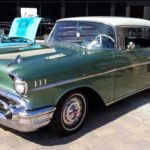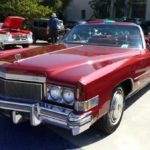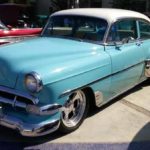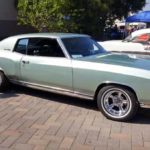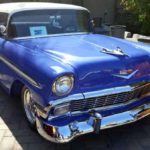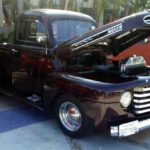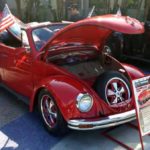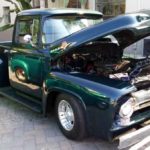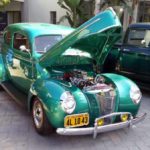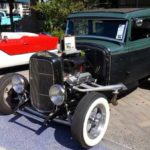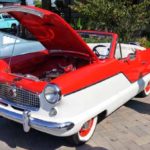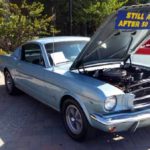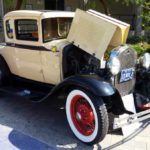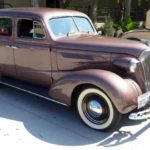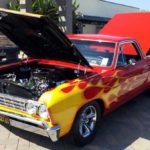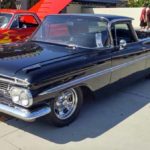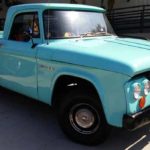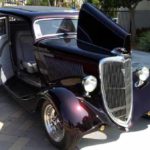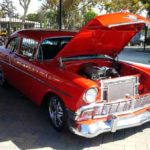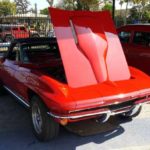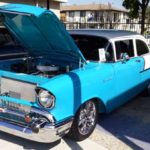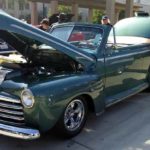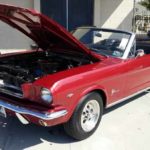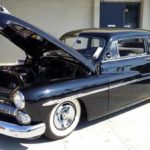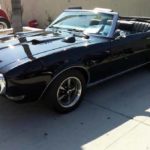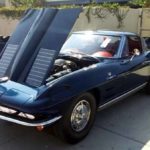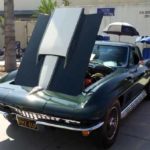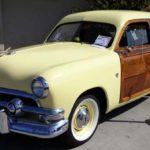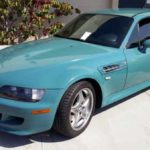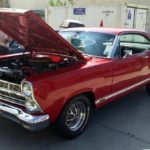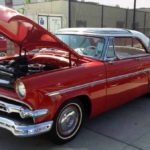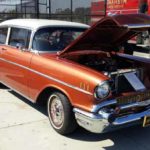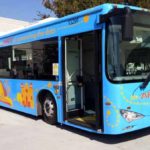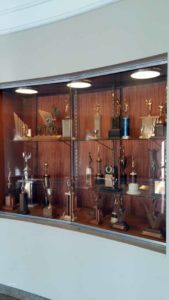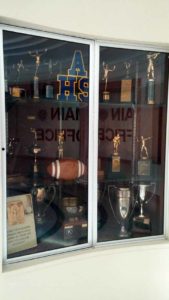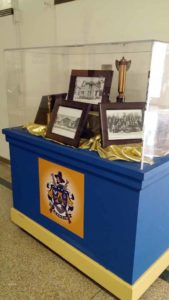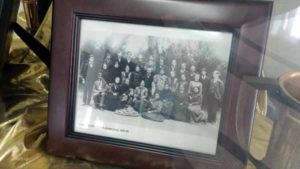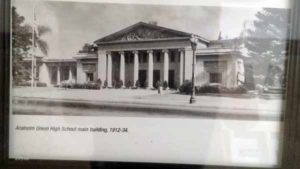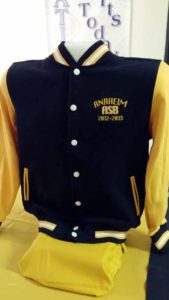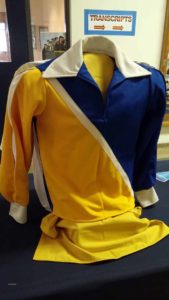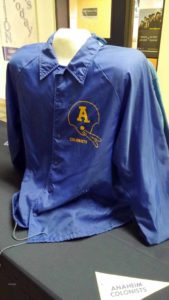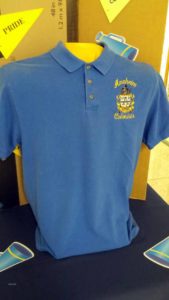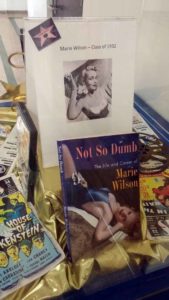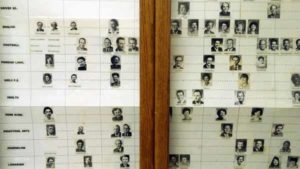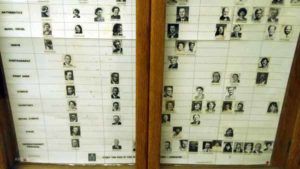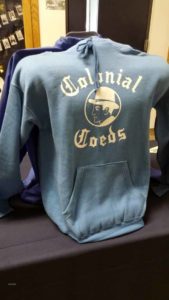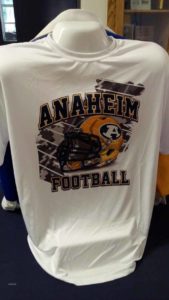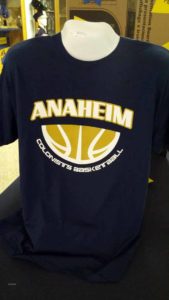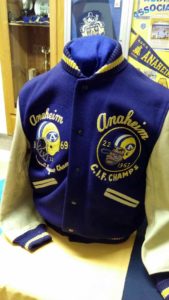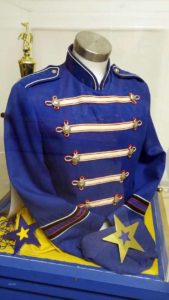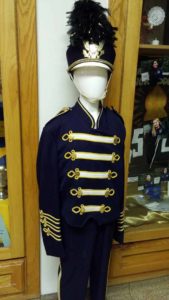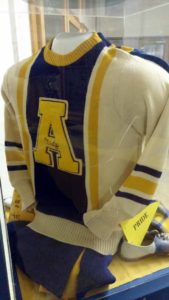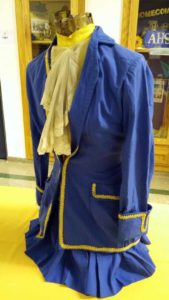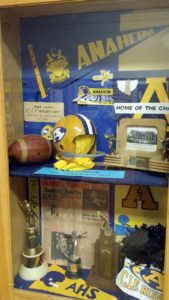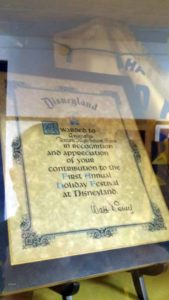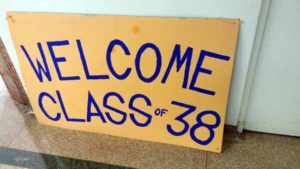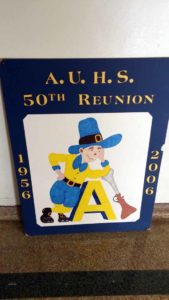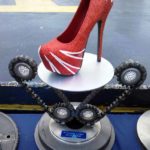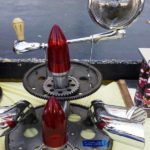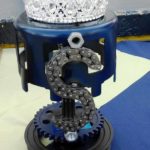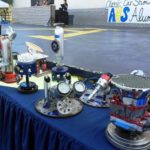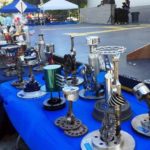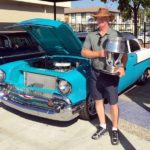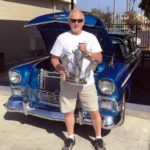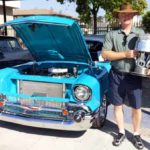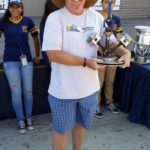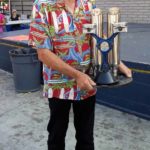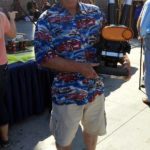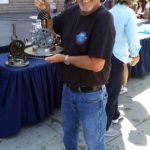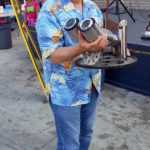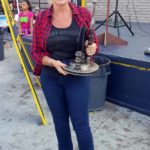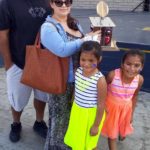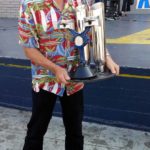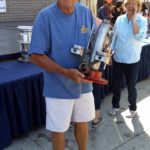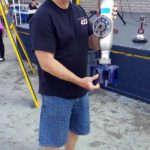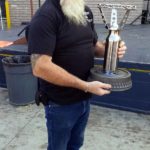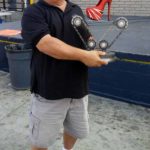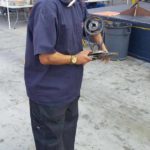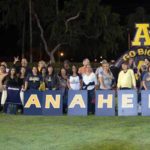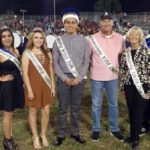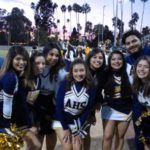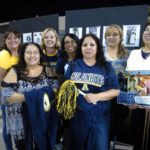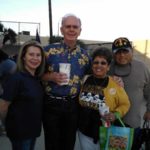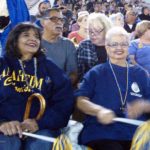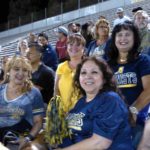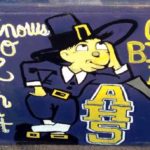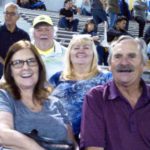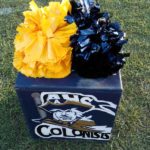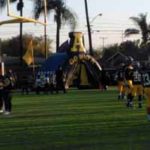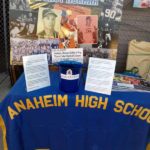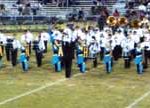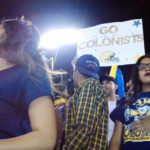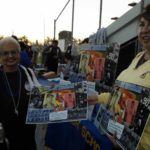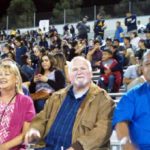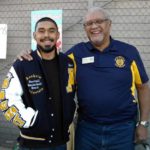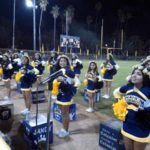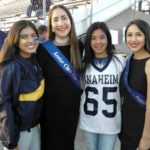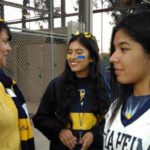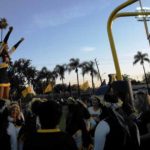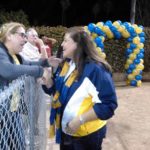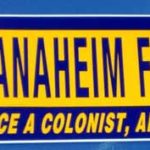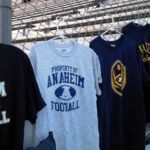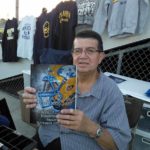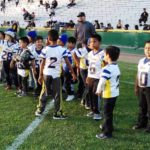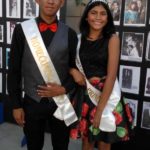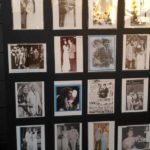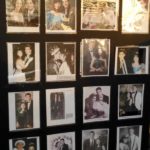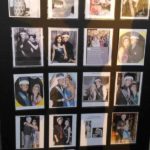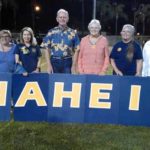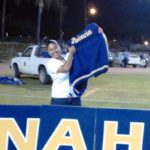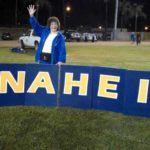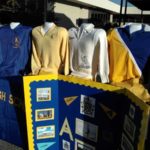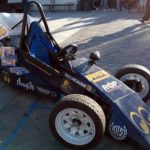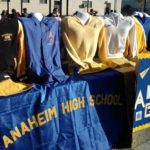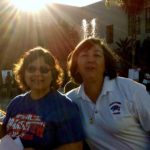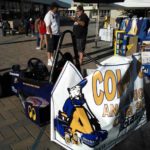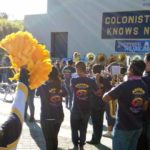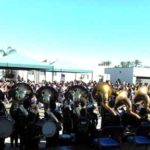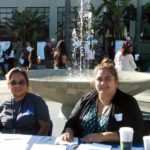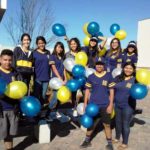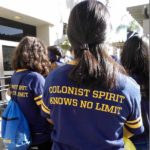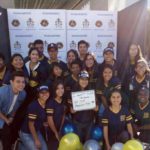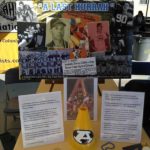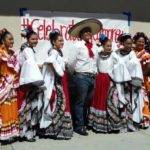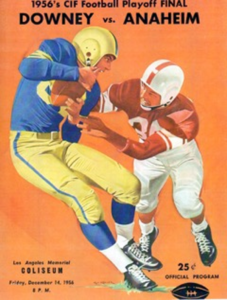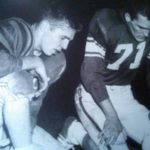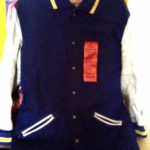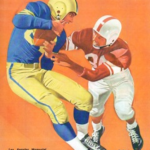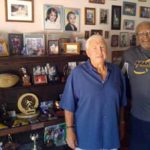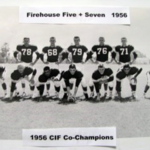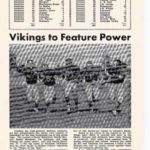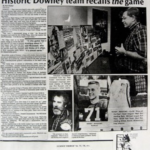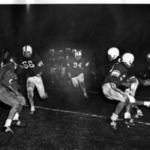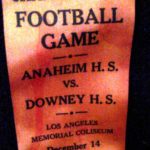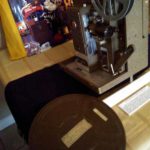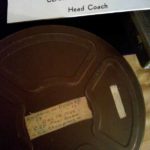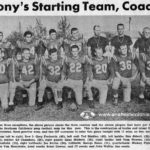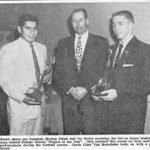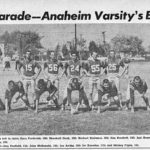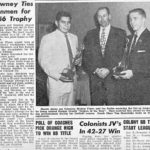Sponors, Volunteers, Student Groups Added Energy to 6th Annual Colony Classic Car Show
- Cheer with Anaheim Fire Department
- Students enjoyed the Anaheim Regional Transportation (ART) Bus
- AHS Chamber Singers
- Tourist from France heard about the Car Show and decided to check it out.
- Cheer display
- Cheer squad photo booth
- APAC Booth
- Another cool cruiser on the AHS Campus
- Cheer squad performs
- A hand-crafted car quilt was one of the auction prizes
- An alumni with cheerleaders
- Celebrating the 60th Annversary of 1956 CIF Championship game
- Beth Flynn ’58
- The Stark Family headed up the opportunity drawing booth.
- Class of ’66 Colonists
- Mary Carilllo ’65
- ASB students served as sound techs for car show
- Class of 1966 poses for photo on Pep Stage
- Class of 1966 classmates
- Class of 1966 classmates
- ’66 classmates on Pep Stage
- Andy Ersek, Barbara Vary and Gary Wimberly
- Students in 1950s garb added a fun dimension to classic car show.
2016 Colony Classic Car Show Trophy Winners
Thanks for your particiation in the 2016 Colony Classic Car Show. To see a list of all the trophy winners, click here.
We may not have a photo of every winner, but we tried. If we missed you, you’re welcome to submit a photo of you holding your trophy next to your car and we’ll include here. Email photos in a jpeg format to anaheimalumni@yahoo.com. You’re also welcome to include a story about your car with background on how you obtained it, refurbishment history and any fun facts. Thank you!
- Winners of the 2016 Colony Classic Car Show
Anaheim High Celebrated During Homecoming 2016
The Colony community celebrated Homecoming 2016 over Sept. 23 and 24 with several gatherings, including a varsity football game, an on-campus rally and several class reunions.
A full stadium of fans cheered as the Colonists defeated the Loara Saxons 28-0 at La Palma Park’s Glover Stadium. A performance by the Anaheim Band and Flags, as well as the crowning of the 2016-17 homecoming court, provided crowd pleasing homecoming half-time entertainment. The eveninng ended with the traditional singing of the alma mater and photos under the Big A.
Some 1,500 students, parents, alumni and community members, triple the number anticipated, came to Anaheim HS on Saturday to celebrate our local public schools. The event included a neighborhood walk, entertainment, campus tours and more.
- 2016-Homecoming
- Homecoming 2015
- 2015
- 2016-Homecoming
- Homecoming
Opposing Teams of Historic 1956 CIF Championship Game Unite to Kick Start Documentary
It is considered the biggest high school football game in California history – the legendary 1956 CIF championship game between Anaheim and Downey High Schools. The game has never been matched in terms of local interest, young idols, and a record-setting crowd. Sixty years later, the game that ended in a tie between the two undefeated teams is still being celebrated by historians, football fans, and alumni from both high schools.
In anticipation of an Oct. 21-23 60th anniversary celebration of the game, both Anaheim and Downey are planning reunions and commemorations to honor players from the 1956 teams.
Both sides are also teaming up to help kick start a documentary film project, “A Last Hurrah.” The fundraising effort is to provide film maker Paul Molina with an initial production budget to record and edit interviews with players, including Anaheim’s star running back Mickey Flynn, as well as fans who attended the game.
“There is a sense of urgency,” says Molina. “It’s almost certain that these reunions will not be formally arranged ever again.”
A 5-minute promo video of the project may be viewed via the project’s GoFundMe campaign. When achieved, the $24,000 goal will allow completion of a work-in-progress by November in order to obtain finishing funds from foundations and organizations dedicated to historical and cultural preservation.
Molina graduated as a football star from Katella High School in Anaheim. He went on to UCLA’s School of Theater, Film, and Television, spending the past 25 years producing and writing documentaries and news programming for PBS, The Learning Channel, E! Entertainment, NBC affiliates, Netflix and others. Now he’s ready to film a project that is much more personal to him.
 “As a native southern California, I am very passionate about this dream project,” Molina said. “In today’s digital world, it’s difficult to appreciate the amount of hype this game generated 60 years ago, but the media buzz was unprecedented. Each team had a superstar in the backfield, Anaheim’s Mickey Flynn and Downey’s Randy Meadows. Each guy averaged over 16 yards per carry!”
“As a native southern California, I am very passionate about this dream project,” Molina said. “In today’s digital world, it’s difficult to appreciate the amount of hype this game generated 60 years ago, but the media buzz was unprecedented. Each team had a superstar in the backfield, Anaheim’s Mickey Flynn and Downey’s Randy Meadows. Each guy averaged over 16 yards per carry!”
The documentary will take viewers back to when Anaheim and Downey were still considered small towns that were truly represented by their high schools teams, each a football powerhouse with legendary coaches who would achieve hall of fame status: Anaheim’s Clare Van Hoorebeke and Downey’s Dick Hill. Businesses closed early, and opposing schools brought busloads of fans to watch the teams clash in the L.A. Memorial Coliseum.
But it’s also the aftermath of the gridiron match that proved a game of such magnitude could not – and would not – ever happen again.
“Although the game is what drives this story forward, this documentary is about much more – a social and cultural transformation of an entire region, when all eyes of the nation were on California,” says Molina. “This documentary would appeal to all persons interested in American history in the 1950s.”
Molina is collaborating with Art Hansen, a CSUF professor emeritus who is writing a book entitled “The Golden Kingdom: Prep Football and Early Cold War Society and Culture in Southern California.” The book, once published, will provide a social and cultural “context” to help readers fathom why the fortunes of high school football programs, as embodied and symbolized by the 1956 Anaheim Colonists and the Downey Vikings, assumed such potent significance, meaning, and value within early Cold War Southern California.
Molina adds: “The landscape of southern California was changing so rapidly that if we look back at that period from afar, perhaps we can also reflect on how we sometimes treat our heroes, and what that says about us,” he explained. “Most importantly, this film will allow the men and women interviewed to tell their stories – which will make us all richer by reflecting upon their experiences, and ours.”
Click here to donate via the GoFundMe campaign. Any amount is welcome, but incentives are being offered as follows:
$25 – A digital download of the finished documentary “A Last Hurrah.”
$50 – Digital downloads of “A Last Hurrah” and the 1956 Anaheim vs. Downey title game preserved by the OC Sports Hall of Fame and the Anaheim and Downey alumni associations.
$100 – Digital downloads of “A Last Hurrah,” the 1956 Anaheim vs. Downey title game, and the game program.
$250 – All of the above, plus a hard copy replica program signed by Mickey Flynn.
$500 – All of the above, plus an Anaheim High Mickey Flynn #25 jersey.
$1000 – All of the above, including a signed #25 Mickey Flynn jersey and a collectible OC Sports Hall of Fame book and poster featuring Anaheim High memorabilia from the 1956 game.
$5000 – All of the above, and screen credit as an executive producer
More information about the Anaheim celebration on Oct. 21 is available at www.anaheimcolonists.com. For those who wish to make a donation by check, donations may be mailed to the AHSAA, P.O. Box 389, Anaheim, CA, 92805. Please write “A Last Hurrah” on the check’s memo line. Questions may be directed to anaheimalumni@yahoo.com or to Paul Molina via paulgmolina@gmail.com.
- Article from San Bernardino County Sun – Dec. 15, 1956
- Anaheim’s Four Fine Players
- Anaheim’s Mickey Flynn and Downey’s Randy Meadows were players who took on super star roles in their respective communties.
- Van Hoorebeke’s letterman jacket with ribbon from 1956 Anaheim vs. Downey game.
- Football program cover
- Van Hoorbeke article from football program
- Mickey Flynn today with AHSAA President Gerald Woodward
- Downey 1956 team
- Downey Vikings football program
- Downey team photo
- Downey players and fans still celebrate the game.
- Downey coach
- Downey game memorabilia board
- Photo of the Big Game provided by Downey
- Ribbon from historic game
- Van’s projector used to watch game films in the “Blue Room,” so named for the heavy fog of cigar smoke
- Canister holding film of the Anaheim vs. Downey game
Carl’s Drive-In A Popular Hang Out for Anaheim High Students
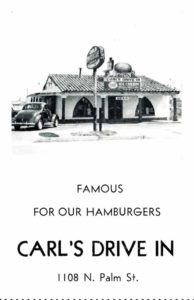
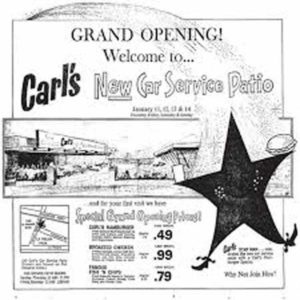 When Anaheim High students take a trip down memory lane, they often cruise to a Carl’s Jr. and remember the days when the Carl’s Drive-In Barbeque opened on November 1944 at 1108 N. Palm St. (now Harbor). The restaurant featured curb, counter and table service. Carl cooked and his wife Margaret (Heinz) Karcher served the counter customers and cashiered.
When Anaheim High students take a trip down memory lane, they often cruise to a Carl’s Jr. and remember the days when the Carl’s Drive-In Barbeque opened on November 1944 at 1108 N. Palm St. (now Harbor). The restaurant featured curb, counter and table service. Carl cooked and his wife Margaret (Heinz) Karcher served the counter customers and cashiered.
The drive-in became an instant popular hang-out for Anaheim High students. With WWII coming to an end, Anaheim’s young vets were returning home. Carl’s Drive-In was the place to meet up with old friends and to be seen, especially if you drove a hopped-up Chevy or Ford. Of course, the best way to be found would be in a convertible “top down” munching on a hamburger, drinking a shake or a cherry Coke. Those inside plugged the juke box with nickels to listen to their favorite tunes while enjoying a Carl’s burger.
Interesting trivia for Anaheim history buffs: Before it became Carl’s, the building at 1108 N. Palm was a Tommy’s Drive-In, then it became Scotties, then Lucky’s, all offering drive-in curb service. The building has since been torn down.
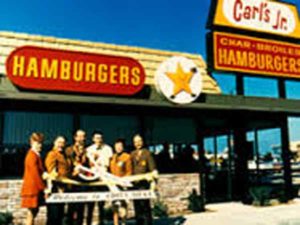 The first local Carl’s Jr. was built in 1956 on the former Janss Street next to St. Boniface Catholic Church. That former Carl’s Jr. is now the church’s Bethany Hall. The current flagship Carl’s Jr. is located at 1200 N. Harbor Blvd. Another favorite Carl’s at the corner of Harbor Boulevard and Broadway has been torn down and is being rebuilt with a drive-thru lane. The grand-opening date is April 2012.
The first local Carl’s Jr. was built in 1956 on the former Janss Street next to St. Boniface Catholic Church. That former Carl’s Jr. is now the church’s Bethany Hall. The current flagship Carl’s Jr. is located at 1200 N. Harbor Blvd. Another favorite Carl’s at the corner of Harbor Boulevard and Broadway has been torn down and is being rebuilt with a drive-thru lane. The grand-opening date is April 2012.
“Never to be Forgotten”
Anaheim High School’s relationship with Carl and Margaret went beyond kids visiting their drive-in and many Anaheim restaurants. Throughout the decades, the Karcher Family supported Anaheim and many of the Karcher children attended the city’s first high school.
Devout Catholics, the Karchers were life-time members of St. Boniface Church. Carl and Margaret were married Nov. 30, 1939, at St. Boniface and brought 12 children into the world. Carl had several audiences with Pope John Paul II and was knighted into the order of Malta, one of the highest honors a lay person can attain.
The community truly adored Carl, who is considered an Anaheim legend. He was the honorary Grand Marshall of the 2006 Halloween Parade. Also, on Jan. 16, 2007, Carl and Margaret received the second star on the Anaheim/Orange County Walk of Stars at the entrance to Disneyland on Harbor Boulevard. At the City’s 150th anniversary sesquicentennial, a specially engraved brick honoring the late Carl and Margaret was laid in front of the Pearson Park Theater surrounding the rose garden honoring Sarah Fay Pearson.
Their dedication and service to the City of Anaheim and its youth will always be appreciated, as well as the memories they provided through their family-friendly restaurants.
Carl, Margaret and their family truly enjoyed the lovely home they purchased in 1949 at 700 N. Clementine Street until their passing. Both Carl and Margaret were laid to rest in the family plot at the Holy Sepulchre Cemetery in Orange, but their legacy continues, as there are more than 3,000 Carl’s Jr. locations in 43 states and 13 countries, proudly offering menu items of Carl’s Jr., Hardee’s, Green Burrito and Red Burrito.
Sid Sowder Freudenstein – Class of 1963
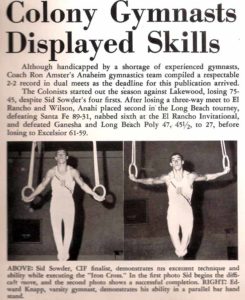 It was a long walk f0r a boy from Anaheim, who used to dive off the garage rafters on to an old couch, to carrying the flag in the ’68 Olympics as co-captain of the Men’s Gymnastics Team in Mexico City.
It was a long walk f0r a boy from Anaheim, who used to dive off the garage rafters on to an old couch, to carrying the flag in the ’68 Olympics as co-captain of the Men’s Gymnastics Team in Mexico City.
But Class of 1963’s Sid Sowder Freudenstein’s transition to a world champion, from that 6th grader whose grandfather found him alone doing dangerous diving stunts, started when he was enrolled him in Sammy Lee’s swim & dive club.
It was in junior high where he discovered some bars and rings outside in a sandpit and he taught himself kips and giant swings (with straps). “I didn’t know the names of the skills then; I just saw other kids doing them,” he wrote in his autobiography.
 Freudenstein started formal gymnastics as a sophomore in 1960 under Ron Amster at Anaheim High. He credits his coach as being responsible for his initial success. He won many competitions, mostly on tumbling, floor and vault. In his senior year, he was the High Point Man (closest to All-Around) at the Southern California State Championships.
Freudenstein started formal gymnastics as a sophomore in 1960 under Ron Amster at Anaheim High. He credits his coach as being responsible for his initial success. He won many competitions, mostly on tumbling, floor and vault. In his senior year, he was the High Point Man (closest to All-Around) at the Southern California State Championships.
He wasn’t able to attend his first choice, UC Berkeley (Cal), because his grades weren’t quite good enough. He was awarded a scholarship to USC and was excited to attend there since many of his friends were also at USC. Unfortunately, when went to matriculate, he was told his scholarship went to someone else.
He was devastated, but kept up his studies at Santa Ana Junior College and continued to train at Anaheim High. He finally made it to Cal in 1964 and graduated in 1968 with a degree in physics. As a UC Berkeley student, Freudenstein won many invitationals, PAC 8, regional titles, and national and international awards.
In the summer of 1966, he was chosen to attend an Olympic training camp at Penn State, and most importantly, as a U.S. Gymnastics Federation alternate to the World Championships in Dortmund Germany.
In the summer of 1967, he was chosen to compete in the World University Games in Tokyo. He placed second in floor exercise against some of the best in the world.
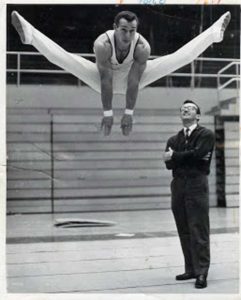 In his senior year in 1968, at the NCAA Championships he tied for first on floor exercise, and his team won the title in a thrilling ending.
In his senior year in 1968, at the NCAA Championships he tied for first on floor exercise, and his team won the title in a thrilling ending.
He was on the way to the Olympics after placing 19th out of 20 selected in first trials. While he did well in the 1968 games, he was sick for several training days and the compulsory floor finals were held first thing in the morning when scoring was generally low.
Freudenstein continued to stay involved in his sport, even after returning to school at the University of Colorado (CU), earning a Ph.D. in physics in 1976-77. He occasionally judged high school gymnastics meets, announced CU’s home meets, and took the job of head gymnastics couch a year before he started to teach physics at Metropolitan State College of Denver in the spring of 1977.
He taught and coached until CU dropped seven sports, including gymnastics in 1980. During his coaching tenure at CU, he brought the team from shambles to a top-10 preseason ranking.
In 1980 and 1982, he was chosen by the State of Colorado to be the exchange coach of a sister-state program in Brazil. In 1982, he started and directed a not-for-profit private club called Colorado Academy of Artistic Gymnastics (CAAG). It grew to its maximum of 417 students right after the ’84 Olympics.
Freudenstein has published and given talks on the biomechanics of gymnastics and authored a teaching manual for major textbook in physics. He has also published several papers in plasma physics and teacher education. He has chaired Denver’s Metropolitan State University Physics Department since 1995. In 2005, he was inducted into the University of California Athletic Hall of Fame.
For a more complete look at his Olympic career, visit:
http://www.sports-reference.com/olympics/athletes/fr/sid-freudenstein-1.html

